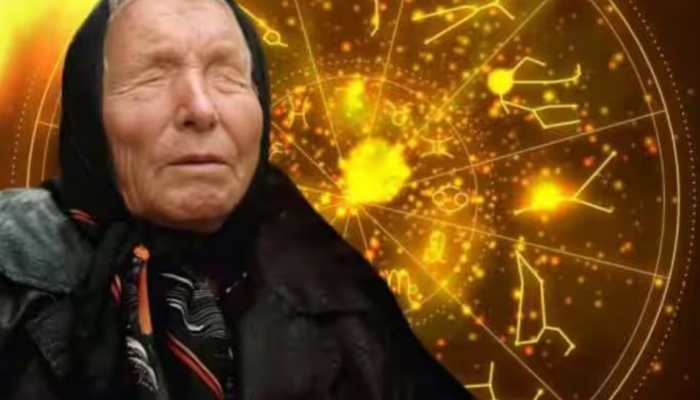Researchers can detect 10 black holes per year using new method
The researchers came up with the method that has implications for the emerging field of gravitational wave astronomy and the way in which we search for black holes and other dark objects in space.
Trending Photos
)
Toronto: With the help of a new method, researchers can detect roughly 10 black holes per year -- doubling the number currently known within two years -- and unlock their history in a little more than a decade.
"This information will allow us to study stellar mass black holes at various stages that often extend billions of years," added Broderick.
The researchers came up with the method that has implications for the emerging field of gravitational wave astronomy and the way in which we search for black holes and other dark objects in space.
"We do not yet know how rare these events are and how many black holes are generally distributed across the galaxy," said Broderick, adding that "for the first time, we will be placing all the amazing dynamical physics that Laser Interferometer Gravitational-Wave Observatory (LIGO) sees into a larger astronomical context."
The study, published in The Astrophysical Journal, proposes a bolder approach to detect and study black holes not as single entities but in large numbers as a system by combining two standard astrophysical tools in use today -- microlensing and radio wave interferometry.
Although very little is known about the inner workings of black holes, the integral part they play in the lifecycle of stars and regulate the growth of galaxies is known.
Earlier this year, LIGO presented the first direct proof of the existence of black holes when it detected gravitational waves from the collision of two black holes merging into one.
When a dark object, such as a black hole, passes between us and another light source, gravitational microlensing occurs.
The researchers proposed using radio waves to take multiple snapshots of the microlensing event in real time.
"When you look at the same event using a radio telescope -- interferometry -- you can actually resolve more than one image. That is what gives us the power to extract all kinds of parameters, like the object's mass, distance and velocity," noted Mansour Karami, doctoral student University of Waterloo.
Stay informed on all the latest news, real-time breaking news updates, and follow all the important headlines in india news and world News on Zee News.
Advertisement
Live Tv
Advertisement







)
)
)
)
)
)
)
)
)
)
